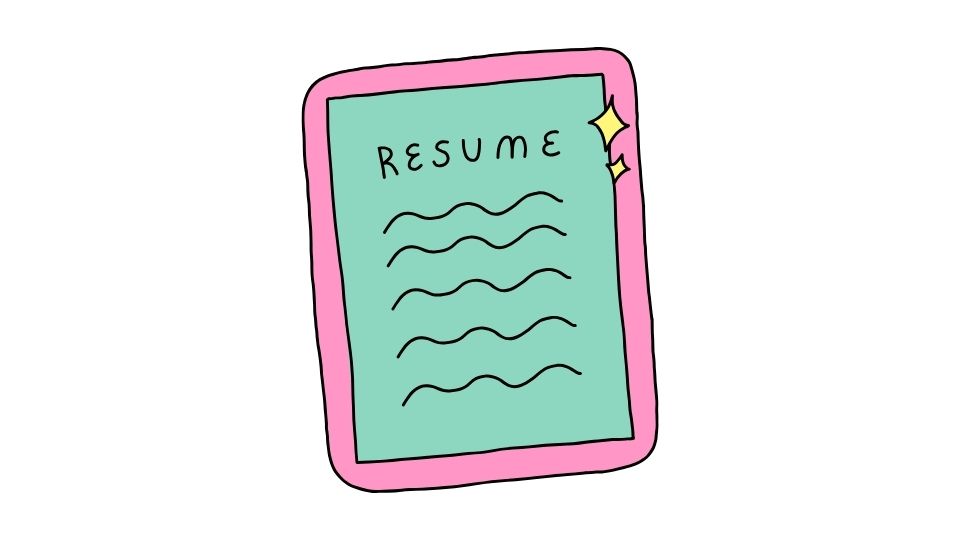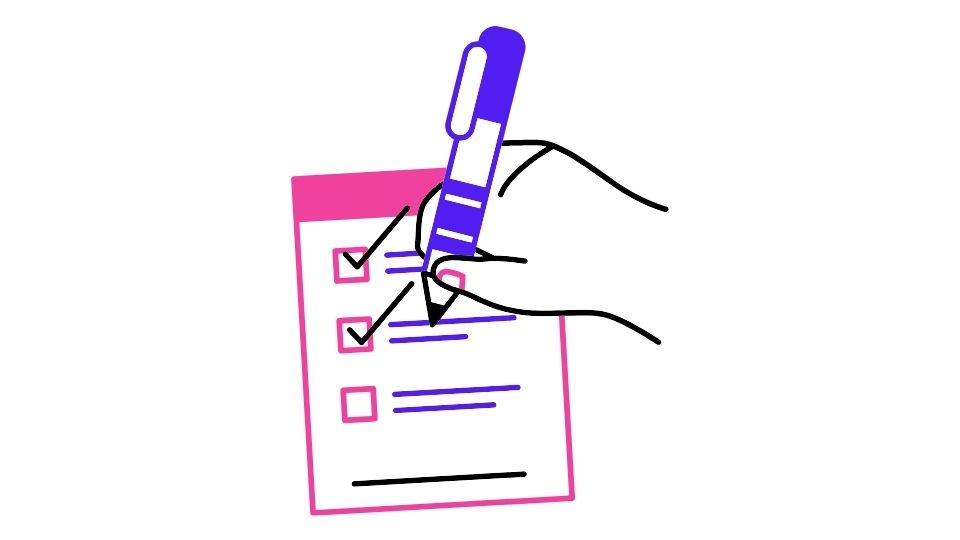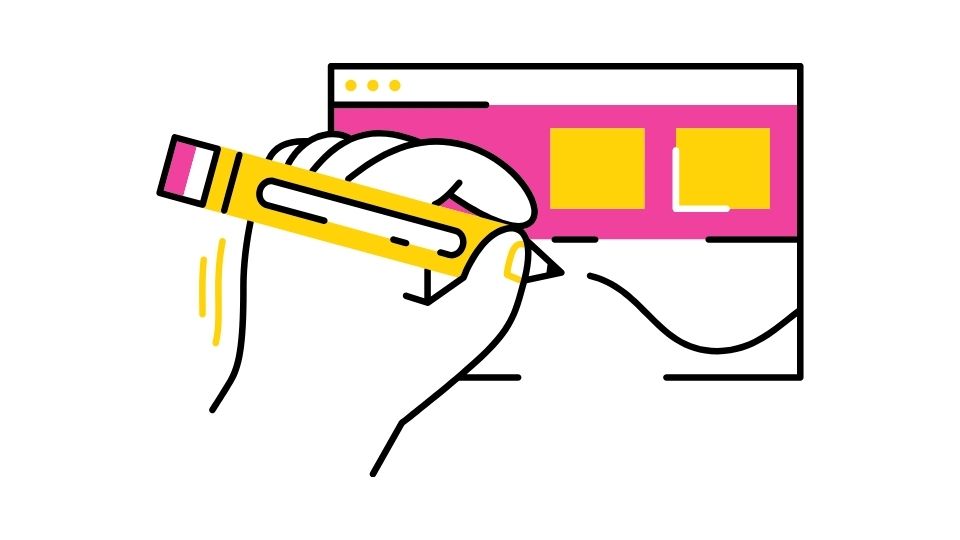The Best Examples of Evidence of Excellence for Your Resume

Ever wonder what makes people stand out at work? I mean, we all know these people – the ones who consistently get recognized, promoted, and praised. What’s their secret?
Excellence at work isn’t just about meeting expectations – it’s about consistently exceeding them in ways that make your boss, teammates, and clients say “wow.”
It’s not magic. It’s not luck. And it’s definitely not just about working longer hours than everyone else.
So let’s break down exactly how to show evidence of excellence at work – with actionable steps you can start using today.
How to Show Evidence of Excellence at Work
Ever notice how some people seem to get all the recognition at work while others with similar skills fade into the background?
The difference often comes down to not just being excellent, but knowing how to show evidence of your excellence in ways that get noticed and remembered.
Excellence isn’t just doing good work – it’s about making sure people know about that good work (without being obnoxious about it). Let’s dive into how to do exactly that.
What Actually Counts as “Excellence” at Work?

Before we talk about showing evidence of excellence, we need to define what excellence actually looks like.
Excellence at work isn’t a one-time achievement. It’s an ongoing commitment to:
- Consistently exceeding expectations (not just meeting them)
- Making a measurable positive impact on your team, customers, or company
- Demonstrating continuous improvement and growth
- Bringing innovative solutions to problems
- Being someone others can rely on when things get tough
The key word here is evidence. You need to have concrete examples that prove your excellence – not just feel like you’re doing a good job.
Four Types of Evidence That Prove Your Excellence

1. Recognition and Awards
This is the most obvious form of evidence. If someone else is recognizing your work as exceptional, that’s powerful proof.
Examples include:
- Employee of the month/quarter/year awards
- Client testimonials or thank-you notes
- Formal recognition from leadership
- Peer nominations
- Industry awards or recognition
Pro tip: Keep a folder (digital or physical) where you save all positive feedback. This “brag folder” will come in handy during performance reviews or when updating your resume.
2. Measurable Achievements and Results
Numbers don’t lie. When you can quantify your impact, it’s hard for anyone to deny your excellence.
Examples include:
- Exceeding sales targets by X%
- Cutting process time from X hours to Y hours
- Reducing customer complaints by X%
- Improving team productivity by X%
- Saving the company $X through your initiatives
According to a study by LinkedIn, job candidates who quantify their achievements are 40% more likely to get called for an interview. The same principle applies to getting recognized internally.
3. Leadership and Influence
Excellence isn’t just about your individual work – it’s about how you elevate the work of those around you.
Examples include:
- Successfully leading projects to completion
- Mentoring colleagues or new employees
- Having your ideas adopted by the wider team
- Being sought out for your expertise
- Creating documentation or processes that others follow
As research from Harvard Business Review shows, leadership isn’t just about formal authority – it’s about influence and the ability to bring others along with your vision.
4. Innovation and Problem-Solving
Excellence means finding new and better ways of doing things, not just following the status quo.
Examples include:
- Implementing new systems or processes
- Finding creative solutions to longstanding problems
- Introducing new ideas that improve efficiency
- Taking initiative to fix issues before they become bigger problems
- Bringing external knowledge into your organization
How to Showcase Your Excellence (Without Bragging)

Now that you know what excellence looks like and what evidence to collect, let’s talk about how to make sure people notice it.
Regular Updates That Highlight Impact
Don’t wait for your annual review to share your wins. Instead:
- Send brief weekly updates to your manager highlighting key accomplishments
- In team meetings, share not just what you did but the impact it had
- When completing a project, create a short summary of results achieved
According to the recency bias theory, people tend to remember and place more importance on recent events. Regular updates ensure your excellence stays top of mind.
Document Everything (Seriously, Everything)
Excellence that goes undocumented might as well not have happened when it comes time for promotions or raises.
- Keep a work journal with daily or weekly accomplishments
- Save emails where people thank you or praise your work
- Track metrics related to your performance over time
- Take screenshots of positive results or feedback
- Record before/after comparisons when you improve something
Make Others Look Good
This might seem counterintuitive, but helping others succeed is one of the best ways to demonstrate your own excellence.
- Share credit generously when working in teams
- Publicly recognize colleagues’ contributions
- Offer to help others with challenging projects
- Mentor newer employees
- Share your knowledge and expertise freely
As Adam Grant explains in his book “Give and Take”, being a “giver” in the workplace often leads to greater success in the long run than being a “taker.”
Avoiding the Excellence Traps
There are some common pitfalls people fall into when trying to demonstrate excellence. Let’s make sure you avoid them.
The Burnout Trap
Excellence doesn’t mean working yourself to exhaustion. In fact, burnout will eventually hurt your performance.
Instead:
- Focus on working smarter, not longer
- Prioritize high-impact activities
- Set boundaries around your time and energy
- Take breaks to maintain peak performance
- Celebrate wins along the way
The Perfectionism Trap
Excellence isn’t perfectionism. Perfectionism leads to:
- Analysis paralysis
- Missed deadlines
- Inability to delegate
- Stress and anxiety
Excellence, on the other hand, means:
- Delivering high-quality work consistently
- Knowing when something is “good enough”
- Continuous improvement over time
- Learning from mistakes rather than avoiding them
The Invisibility Trap
Many people believe their work should “speak for itself.” In an ideal world, maybe. In reality, your excellence needs advocates – including yourself.
To avoid this trap:
- Build relationships with decision-makers
- Find mentors and sponsors within your organization
- Share your accomplishments in a factual, non-boastful way
- Connect your work to company priorities and goals
- Help others understand the value you bring
Real-World Examples of Excellence in Action

Let’s look at some practical examples of how excellence might show up in different roles:
For a customer service rep: Not just resolving issues, but following up with customers to ensure satisfaction, identifying patterns in customer complaints, and proposing solutions that reduce future issues.
For a software developer: Not just writing code that works, but creating documentation that helps others, reducing technical debt, mentoring junior developers, and anticipating future needs in your designs.
For a marketing specialist: Not just executing campaigns, but tracking detailed metrics, testing new approaches, staying current on industry trends, and connecting marketing activities to actual business results.
For a manager: Not just overseeing work, but developing team members’ skills, removing obstacles for your team, improving processes, and creating a positive team culture where people thrive.
Putting It All Together: Your Excellence Action Plan
Ready to start showing evidence of your excellence? Here’s your action plan:
- This week: Start a work journal and “brag folder” to document your accomplishments
- Next week: Identify 2-3 metrics you can track that demonstrate your impact
- This month: Have a conversation with your manager about what excellence looks like in your role
- Ongoing: Schedule 15 minutes each week to update your documentation and plan how to communicate your wins
- Next quarter: Look for one high-visibility project where you can demonstrate your capabilities
Remember, showing evidence of excellence isn’t about bragging – it’s about making sure your contributions are recognized and valued. When done right, it helps you, your team, and your organization succeed.
The best part? Once you start consistently demonstrating excellence, opportunities will come to you rather than you having to chase them. That’s when you know you’ve truly mastered the art of showing evidence of excellence at work.

